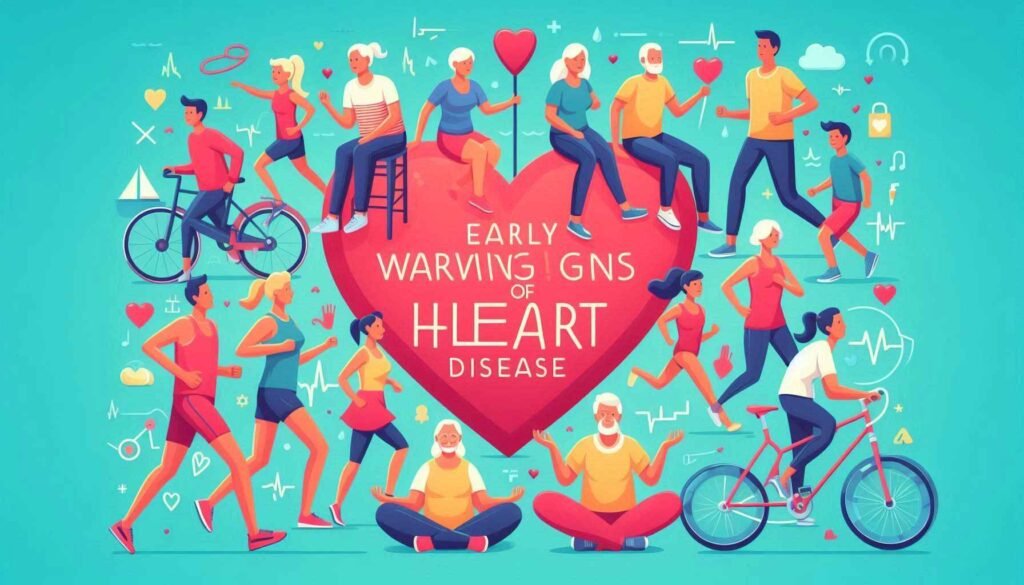
How Wearable Technology is Changing the Face of Healthcare
Wearable technology is no longer just about counting steps. It’s now a cornerstone of modern healthcare, revolutionizing how we manage and monitor our health. From smartwatches that monitor heart rates to biosensors tracking glucose levels, wearable tech is transforming the patient experience, empowering individuals to take charge of their health, and enabling healthcare professionals to deliver more personalized care. Let’s dive into how wearable technology is reshaping healthcare, its benefits, and the exciting future it promises.
1. The Rise of Wearable Technology in Healthcare
In recent years, wearable devices have transitioned from fitness trackers to essential tools in healthcare management. Initially popularized by companies like Fitbit and Apple, wearable devices have expanded their functionality to include features that monitor vital signs such as heart rate, oxygen levels, and even electrocardiograms (ECG). These advancements make it possible for individuals to monitor their health continuously and provide healthcare professionals with real-time data, leading to better and faster decision-making.
For example, the Apple Watch now includes an ECG feature that can detect irregular heart rhythms, and Fitbit’s wearables offer sleep analysis, heart rate tracking, and more. With the growing popularity of these devices, the global wearable healthcare market is expected to reach $70 billion by 2028 This rapid growth reflects the increasing reliance on wearables in medical settings and everyday life.
2. Remote Patient Monitoring and Chronic Disease Management
One of the most significant impacts of wearable technology is in remote patient monitoring (RPM). RPM allows healthcare providers to monitor patients’ health conditions without requiring frequent in-person visits. This is particularly beneficial for patients with chronic diseases like diabetes, hypertension, or heart disease. Devices like continuous glucose monitors (CGMs) track blood sugar levels throughout the day, helping patients and doctors manage diabetes more effectively.
In cardiac care, wearables that track heart rate and detect irregularities can alert users to potential heart issues before they become serious. This constant stream of health data can help reduce hospital readmissions, improve patient outcomes, and lower healthcare costs.
Hospitals and clinics have also begun adopting wearables to monitor patients post-surgery or during recovery from illnesses. For example, after a heart attack or surgery, patients can wear monitors that track their vital signs, ensuring that any abnormalities are detected early
3. Preventive Health and Early Detection
Wearable technology is moving healthcare from a reactive to a preventive approach. Devices like smartwatches and fitness trackers allow users to monitor their daily activity levels, heart rates, and sleep patterns, encouraging healthier lifestyles. With real-time data at their fingertips, users can make informed decisions about their health, set goals, and track their progress.
Additionally, wearables can detect early signs of potential health issues, enabling early diagnosis and intervention. For example, wearable ECG monitors can detect abnormal heart rhythms, prompting users to seek medical attention before a heart attack occurs. Early diagnosis significantly improves the chances of successful treatment and recovery
4. Enhancing Patient Engagement
Wearables have the potential to increase patient engagement, a crucial factor in improving health outcomes. By allowing users to track their own health data, these devices encourage a more proactive approach to managing health. People can set fitness goals, monitor their progress, and receive personalized recommendations through apps connected to their wearable devices.
For example, users can track their daily step counts, monitor their sleep quality, and receive reminders to move or drink water throughout the day. These small nudges can help individuals stay on track with their health goals, making them more engaged in their overall well-being.
Wearables also provide valuable insights to healthcare providers. Continuous monitoring of vital signs offers a more comprehensive view of a patient’s health than periodic checkups alone. This allows for more personalized care and treatment plans, leading to better outcomes
5. Wearable Devices for Specific Health Conditions
Wearable technology has become a vital tool for managing specific health conditions. Here are some examples of how wearables are used in different medical fields:
- Diabetes Management: Continuous glucose monitors (CGMs) help diabetics monitor their blood sugar levels in real time. This reduces the need for frequent finger pricks and helps users maintain better control over their condition.
- Heart Health: Devices like the KardiaMobile by AliveCor offer real-time ECG monitoring, allowing users to detect signs of atrial fibrillation or other heart conditions early. This data can be shared with healthcare providers, enabling timely interventions(Built In)(EduMed).
- Pregnancy Monitoring: Wearable devices for expectant mothers track fetal heart rates and movement, helping to ensure a healthy pregnancy. These monitors offer peace of mind and reduce the need for frequent in-person checkups(EduMed).
- Sleep Apnea: Wearables like the Fitbit Charge 5 offer sleep tracking features that can help identify patterns of sleep apnea, a condition where breathing repeatedly stops and starts during sleep.
6. Challenges Facing Wearable Technology in Healthcare
While the potential of wearable technology in healthcare is immense, there are also challenges to overcome. One of the main issues is data privacy. Wearable devices collect a significant amount of sensitive health data, raising concerns about how that information is stored and who has access to it. Ensuring that wearable data is secure and compliant with health data regulations (like HIPAA in the U.S.) is critical.
Another challenge is the accuracy of consumer-grade devices. While medical-grade wearables undergo rigorous testing and FDA approval, many consumer wearables do not. This can lead to discrepancies in the data provided by these devices, which may result in misdiagnosis or improper treatment plans. Companies are working to improve the accuracy of wearables, but there is still room for improvement
Lastly, the integration of wearable data into healthcare systems remains a hurdle. Most healthcare providers use electronic health records (EHRs), and ensuring that data from wearable devices can be seamlessly integrated into these systems is essential for maximizing their benefits. Healthcare organizations must invest in the infrastructure required to handle the influx of data from wearable devices
7. The Future of Wearable Technology in Healthcare
Looking ahead, wearable technology is set to become even more integrated into healthcare. Artificial intelligence (AI) and machine learning will play a significant role in analyzing the vast amounts of data generated by wearables, providing more personalized and predictive care. For instance, AI algorithms could analyze heart rate patterns over time to predict the likelihood of a heart attack, enabling preventive measures to be taken early.
Smart clothing is another exciting development in the wearable tech space. This involves embedding sensors into clothing that can monitor vital signs and even detect injuries in real time. For example, smart shirts could be used to monitor cardiac patients, sending alerts if abnormal heart activity is detected
Wearables will also continue to improve in terms of accuracy and comfort, making them more accessible to a broader population. Devices will likely become smaller, more comfortable to wear, and capable of monitoring a wider range of health metrics. With advancements in battery life and sensor technology, wearables will offer more comprehensive health monitoring for longer periods without needing to be recharged frequently(
Conclusion
Wearable technology is changing the face of healthcare by making it more patient-centric, data-driven, and preventive. From remote patient monitoring to early disease detection and improved patient engagement, wearables offer a wealth of benefits for both patients and healthcare providers. However, challenges such as data privacy, accuracy, and integration with healthcare systems remain to be addressed. As technology continues to evolve, wearables will become an even more integral part of healthcare, offering new ways to improve health outcomes and enhance the quality of care.
As we move toward a future where wearables become an essential part of everyday life, the possibilities for their application in healthcare are endless. Whether it’s through real-time health monitoring, improved diagnostics, or personalized care, wearable technology will continue to shape the future of health and wellness for years to come.



